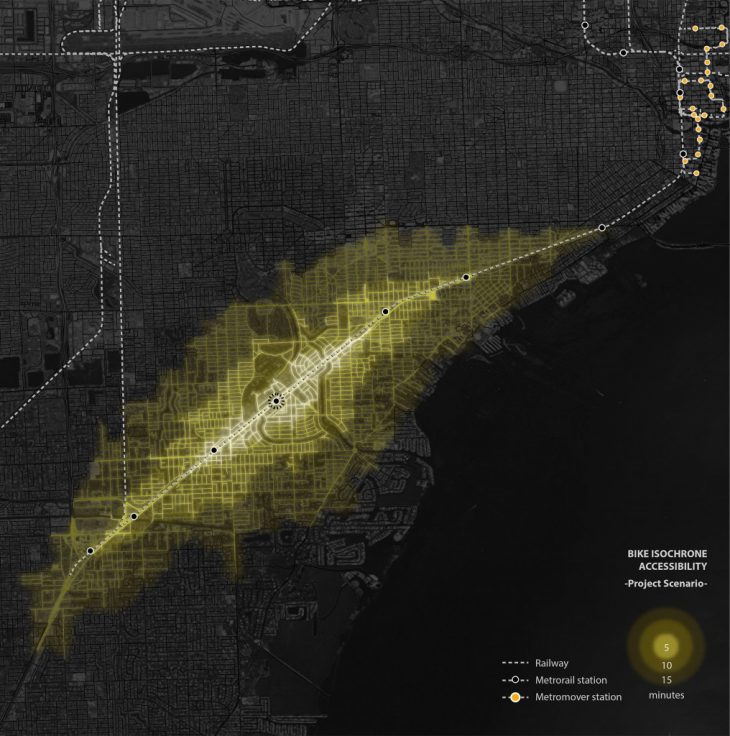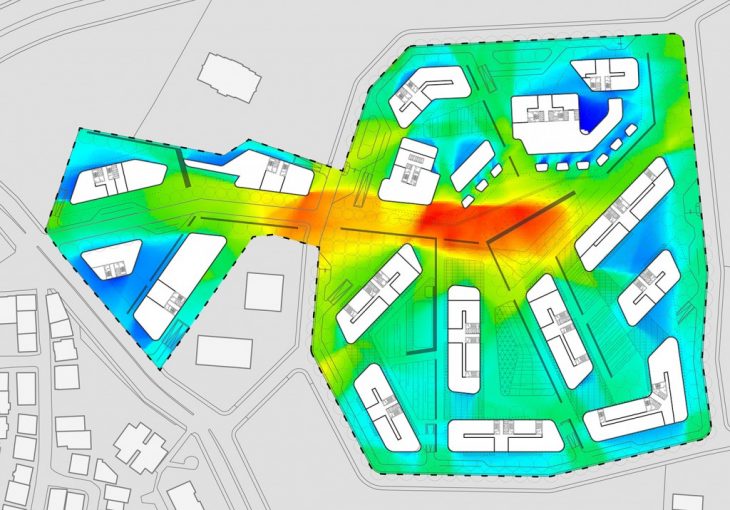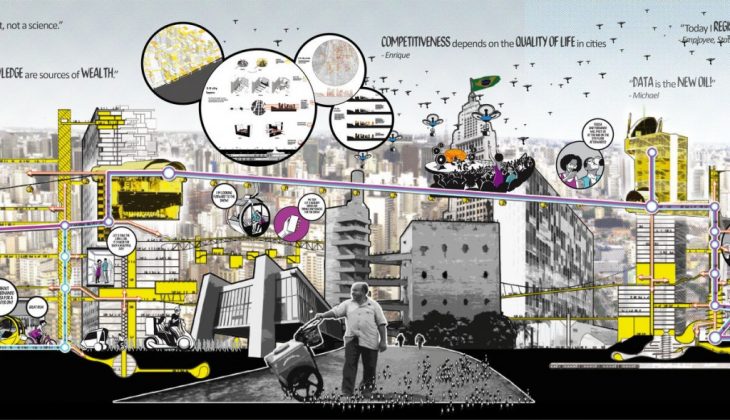City as a service – Transformative Solutions at the Intersections of Mobility and Planning
Teaching Team: Francesca Arcuri, Dr. Kathrin DiPaola, Christian Gaertner, Federico Parolotto, Sebastiano Scacchetti, Julius Streifeneder
In this hands- on course including work on a real-life project, we will continue to examine the close relationship and fields of opportunity between mobility and urban planning. Focus will be placed on different tools and multi-scale methods that allow for a more differentiated approach to meet current and future mobility needs.

Credit: image courtesy of Mobility in Chain
Technological advancement and urban growth offer seemingly unprecedented opportunities for city dwellers to advance urban living. Digital communication empowers the individual and changes the overall business framework. Data processing capabilities turn infrastructure into on-demand services. Densification increases social interactions and transactions exponentially and alongside the demand for physical and virtual mobility. However, pressure on land-use and resources threaten the social bond within societies if spatial and social accessibility for all is either not maintained as needed or poorly planned. Balancing the interests in this highly complex and dynamic multi-stakeholder marketplace is key to a city that serves its inhabitants and constituencies.
 Credit: image courtesy of Mobility in Chain
Credit: image courtesy of Mobility in Chain
Planning for mobility therefore means dealing with the evolving structure of our communities, economic and regulatory frameworks and, consequently, of our cities.
 Credit: image courtesy of Mobility in Chain
Credit: image courtesy of Mobility in Chain
The fundamental shift towards a comprehensive designing of the urban environment thus requires a look at all the different components of transport but also at the various policies that make different modes working together.
 Credit: Urban Think Tank, Audi Urban Future Award 2012
Credit: Urban Think Tank, Audi Urban Future Award 2012
In our course, we explore ways to generate user and context specific insights and develop integrated design solutions that merge transport and urban planning with service design and market strategy thinking. We design mobility and its interscalarity components; from the shape of a curb or a curvature radii to an entire part of a city.
Through the deployment of modelling simulation, demand analyses methods, and GIS analysis, the course will focus on the way mobility is represented and will explore the transformative effects at hand.